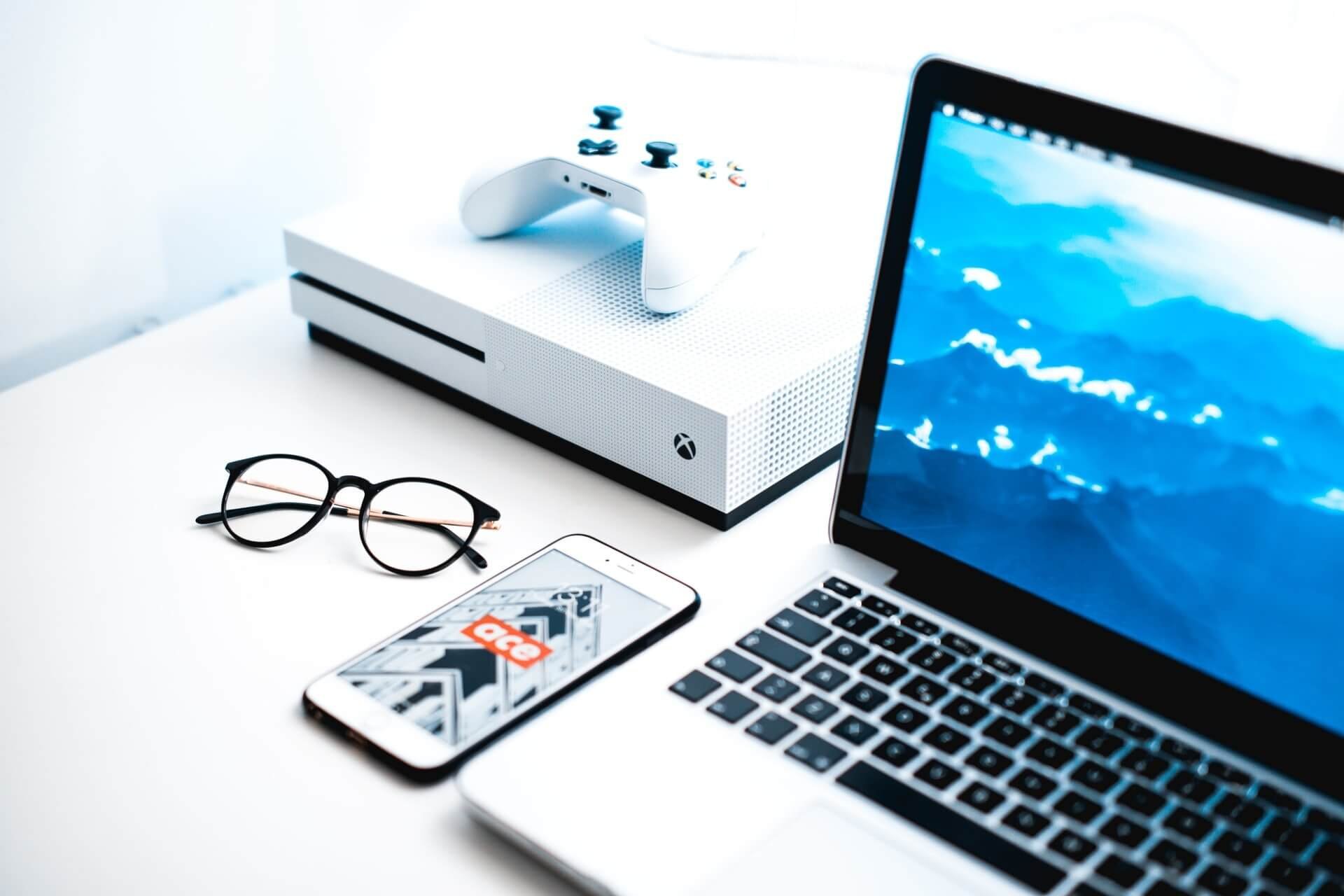Is Digital Eyestrain and Blue Light a Myth?
The relative newness of blue light technology and its ubiquitous use in society creates many questions as to the safety and health implications. Research on the internet will expose you to lots of literature and many of this is confusing, misleading, and contradictory.
What do we really know about Blue Light?
Blue Light is part of the visible spectrum, it is high energy light just before the potentially harmful ultraviolet light. Since it is part of the visual spectrum our eyes are designed to receive this light so it passes through the eye and onto the retina. In humans the amount of blue light transmitted is age-dependent. In young children, more than 65% of blue light is transmitted through the eye. This transmission rate decreases over time; at 65 only 20% of the light is transferred to the retina due to the eye’s natural yellowing which absorbs more of the blue light. As a result of this natural process, younger people are more susceptible to the effects of blue light.
One of the physiological benefits of visual light, specifically natural blue light is to boost people’s energy, alertness, and mood. However elongated exposure to the waves transmitted through screen devices especially during the evening can disrupt circadian rhythm and causes health effects including the suppression of melatonin in the brain keeping us awake. We are not designed to be using our phones and tablets 6 inches from our faces over long periods of time and late into the night.
Many advertisements and articles are misleading, suggesting excessive blue light exposure can damage some sensitive cell layers of the retina. There is no clinical evidence at the present time that links blue light exposure from digital devices to any pathology or disease of the eye. Macular degeneration and other eye diseases in relation to blue light exposure are still the great unknown.
Increasingly, people are exposed to blue Light via everyday technology. A US study in 2015 demonstrated that 65% of people experienced Digital Eye Strain symptoms such as dry, irritated eyes blurred vision, eye fatigue, and headaches when using a computer, smartphone, and other digital devices. These symptoms cause discomfort but don’t typically cause vision loss or any permanent damage.
Most people have not discussed their device usage with their eye care provider and are unaware of solutions available to combat Digital Eye Strain. Eyewear is available with lenses featuring Digital Eye Strain reducing capabilities.
Individuals don’t have to sacrifice style for function when it comes to eyewear.
Tips for Digital Eye Strain Relief
In addition to eyewear solutions and to further maintain a comfortable vision while using digital devices :
Take a 20-20-20 break; every 20 minutes take a 20-second break and look at something 20 feet away
Adjust the brightness, consider changing the background colour from white to cool grey
Position your device so there is sufficient distance between your eyes and the screen
Adjust your screen so it is directly in front of your face and slightly below eye level
Lessen the amount of overhead and surrounding light
When using computers, first sit in your chair and extend your arm. Your palm should rest comfortably on the monitor as if you’re high fiving the screen
Keep handheld devices a safe distance from your eyes and below eye level
Increase text size
Remind yourself to blink more often
Turn off your device 1-2 hours before going to bed
Parents should limit the amount of screen time for children
Blink. Breathe. Break.





